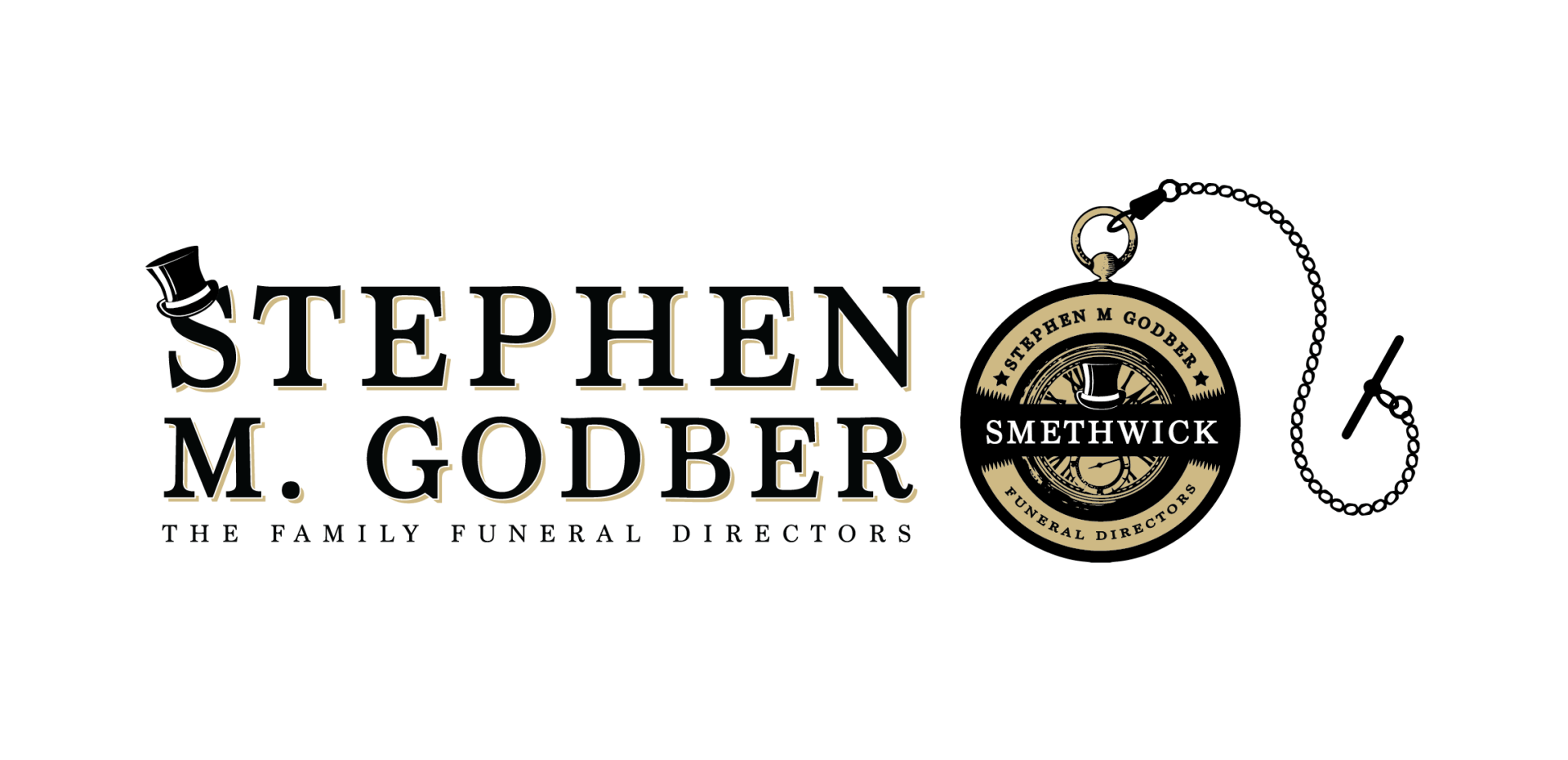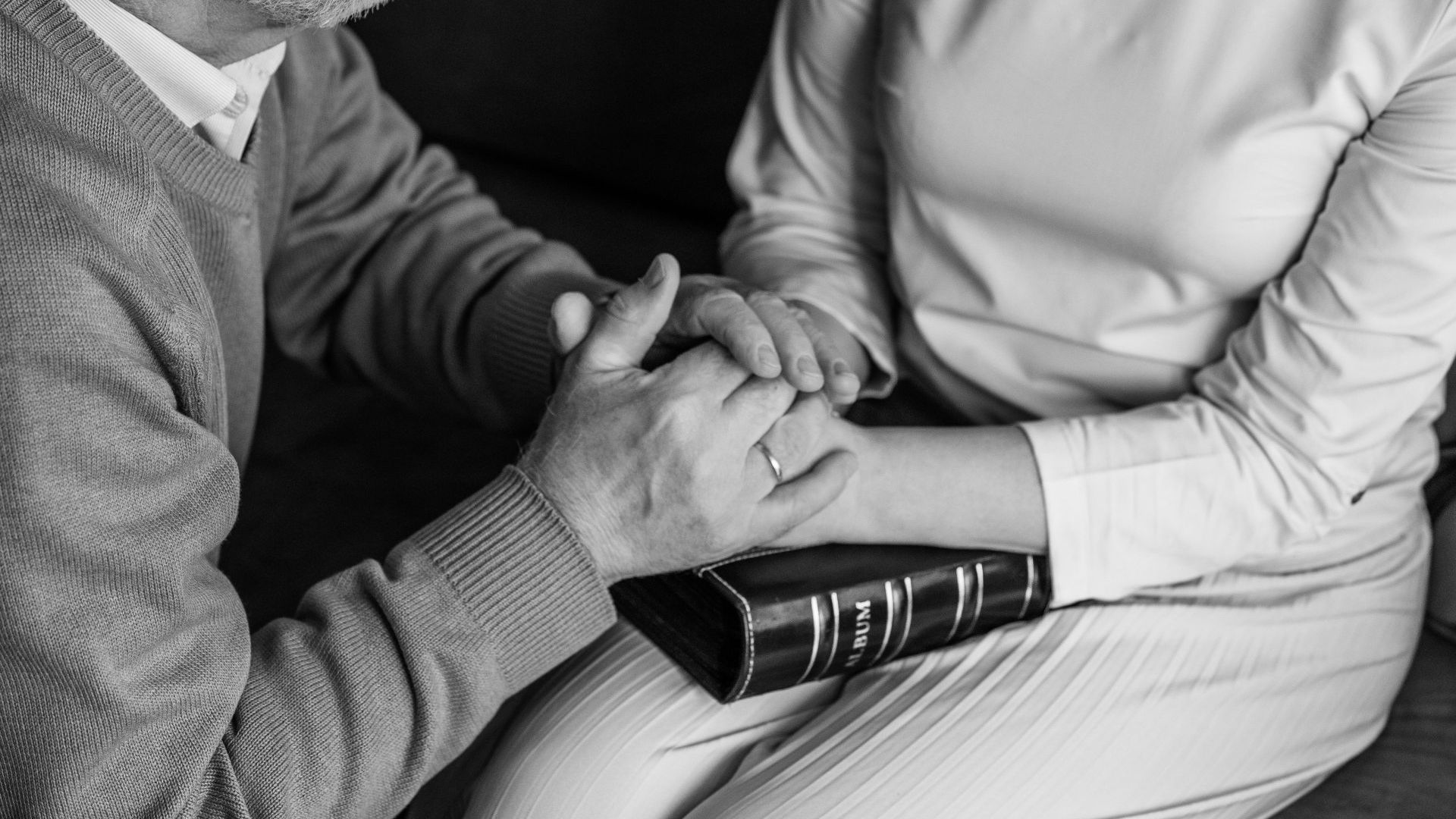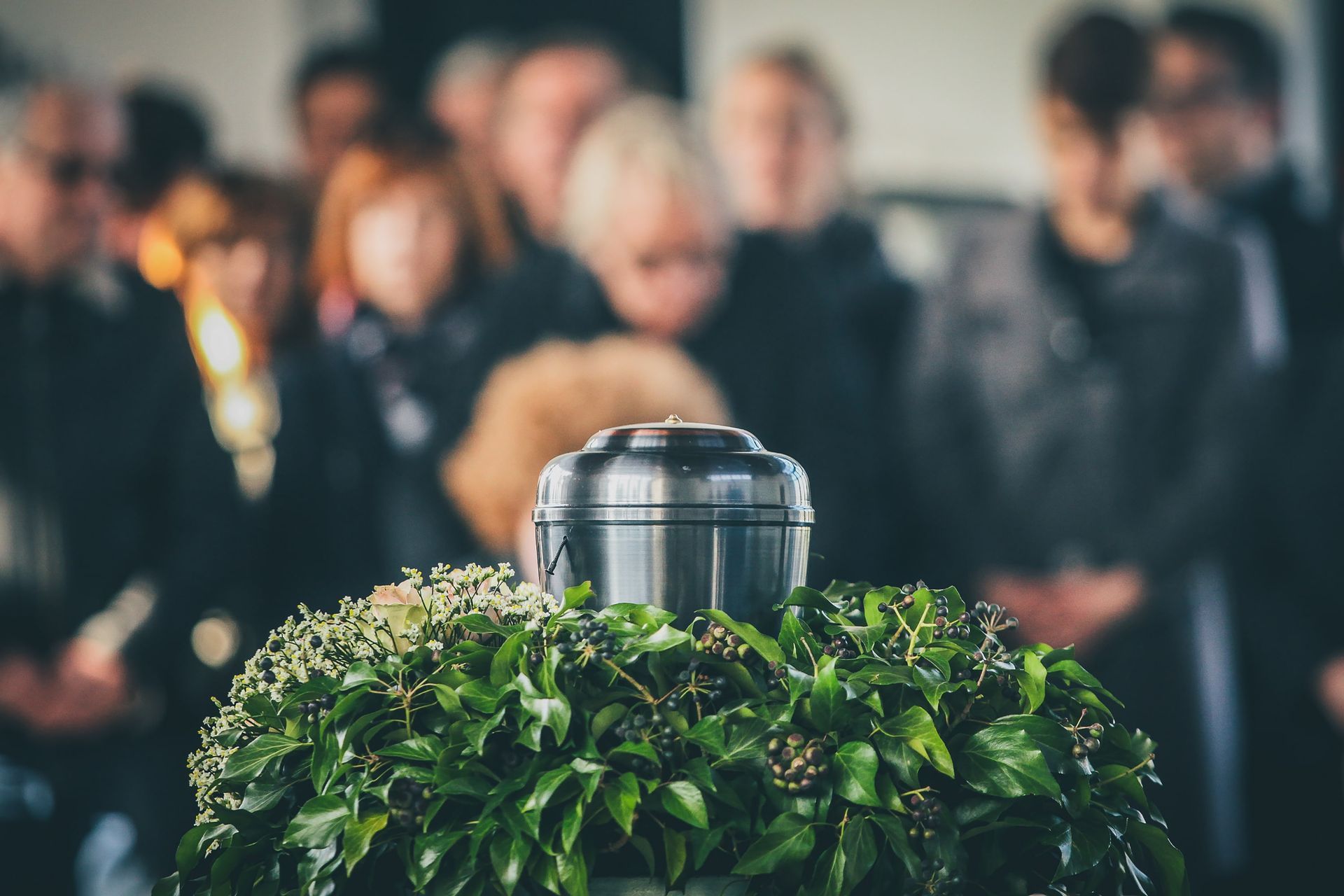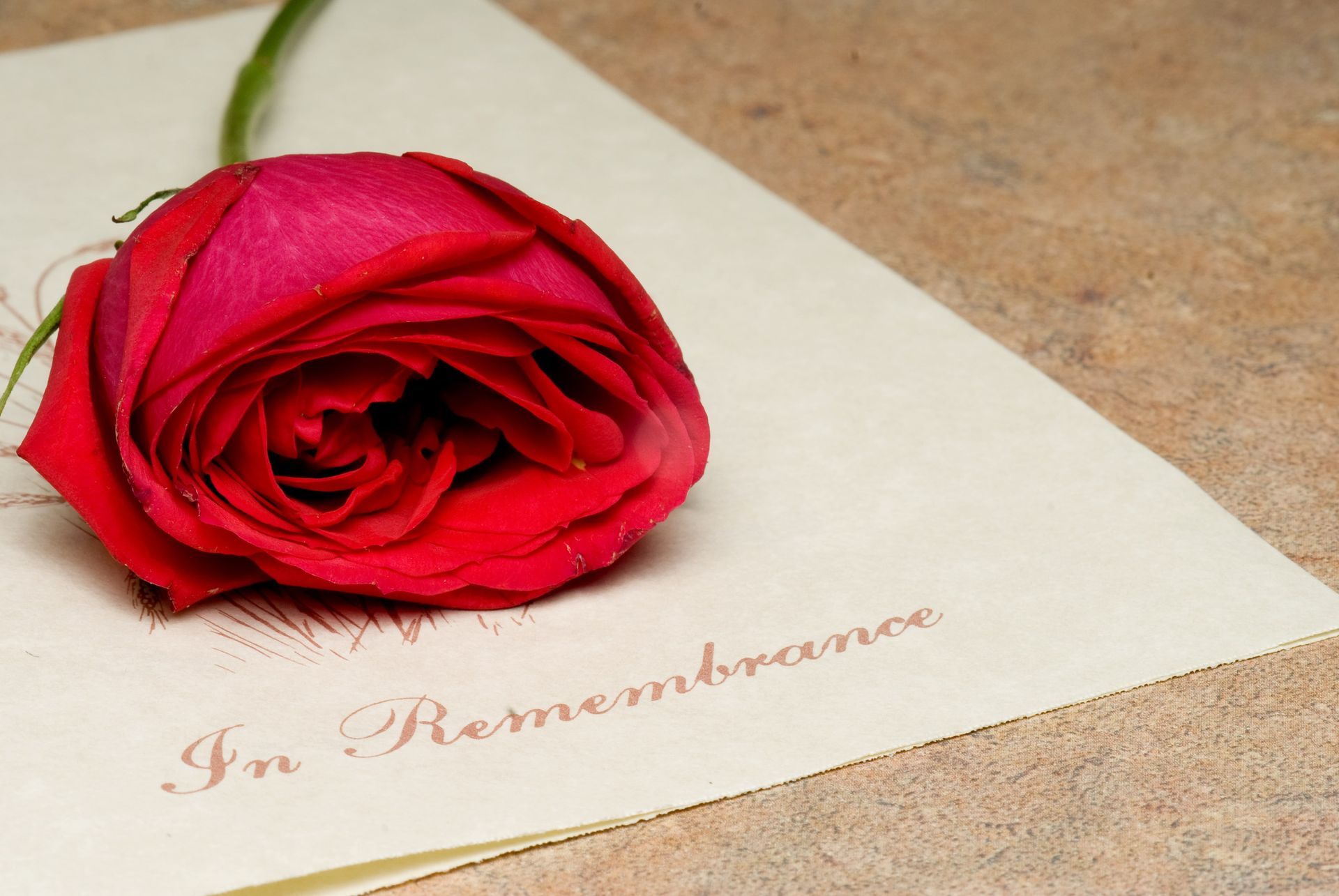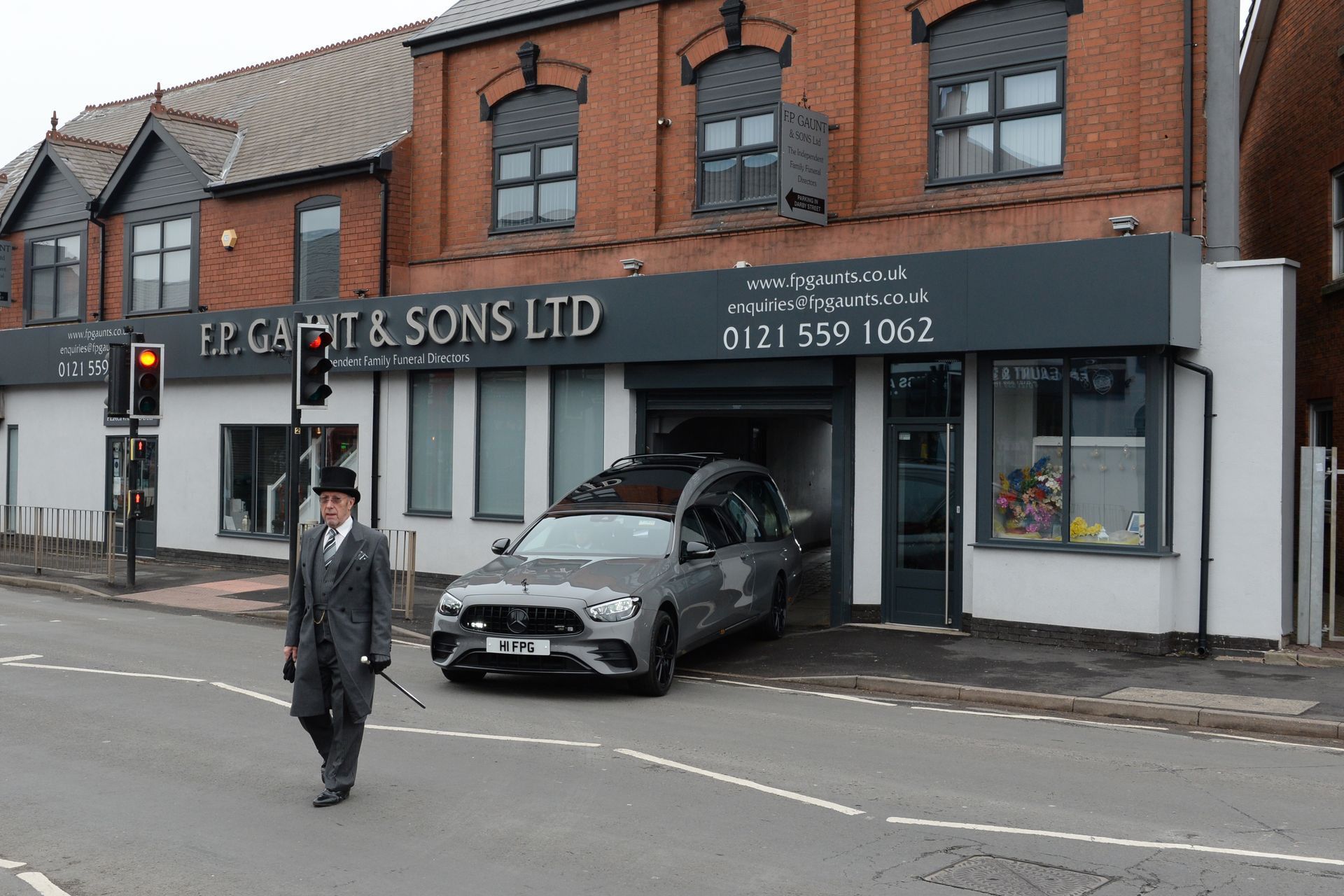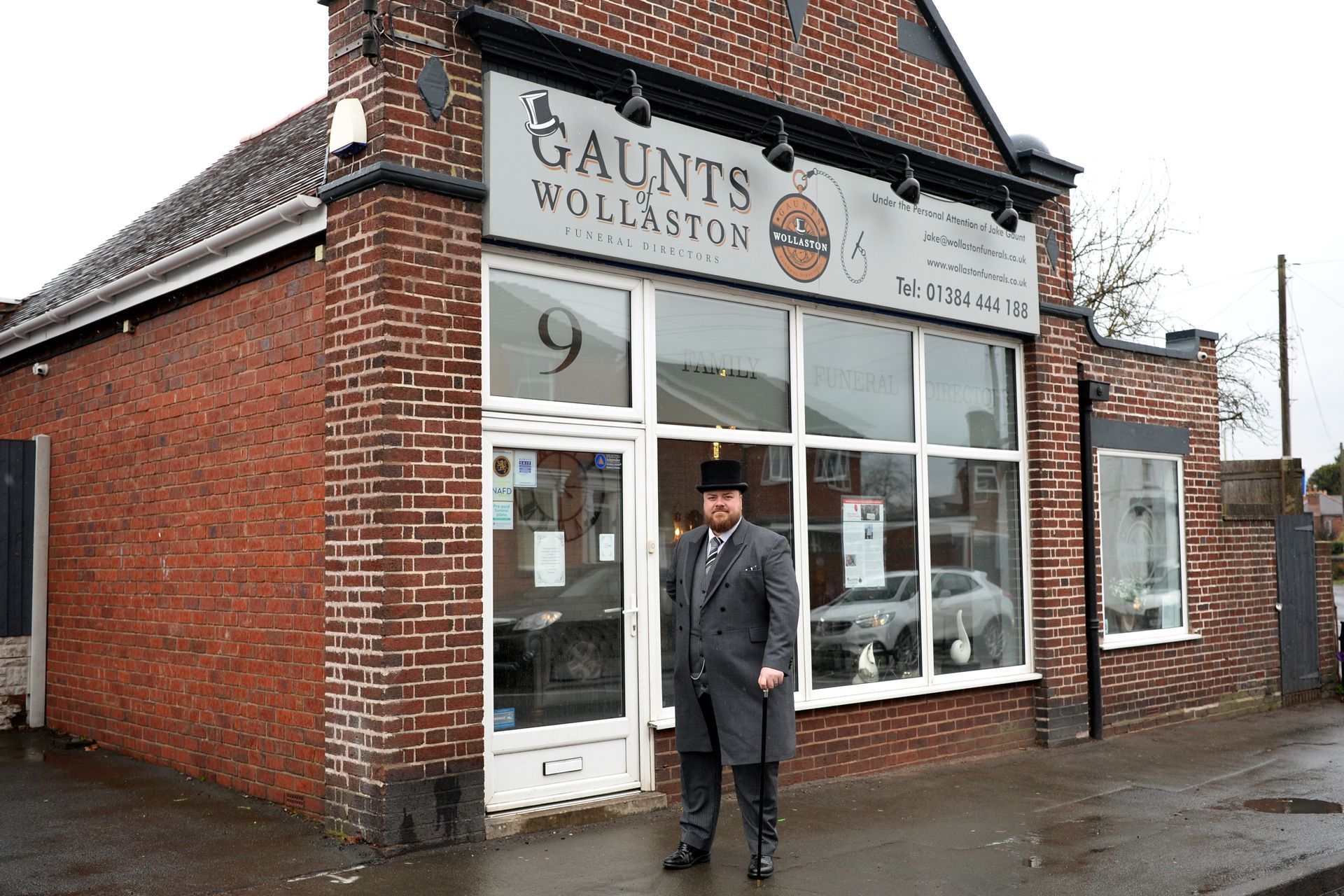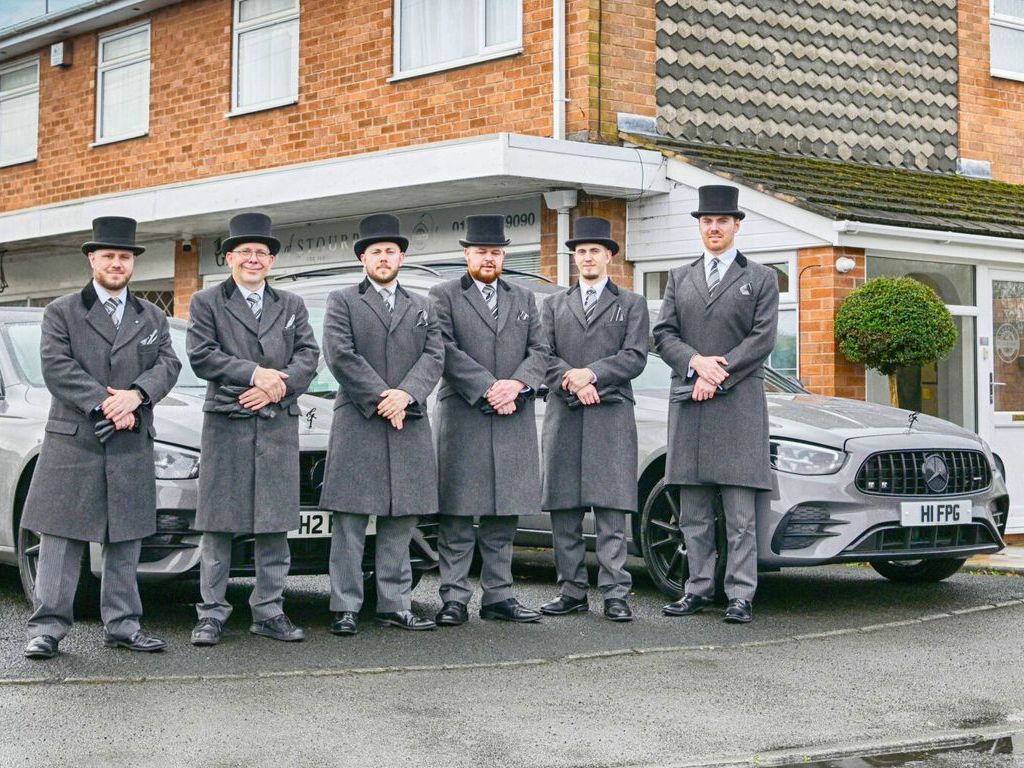Funeral Mass: Everything You Need to Know
If you or a loved one are planning a Catholic funeral, you may have come across the term Funeral Mass, also known as a Requiem Mass. This solemn and traditional rite is central to Catholic funeral customs, providing both spiritual support for the deceased and comfort for the bereaved.
In this guide, we’ll explain what a Funeral Mass is, what happens during the service, how long it typically lasts, and answer some of the most commonly asked questions to help you feel more prepared.
What Is a Requiem Mass?
A Requiem Mass is a Catholic ceremony held for a person who has died, usually within a church setting. The central component is the celebration of the Eucharist — also known as Holy Communion — with prayers offered for the soul of the deceased.
Unlike a simple funeral service, a Funeral Mass includes specific liturgical elements and follows the structure of a regular Catholic Mass, with added prayers and rites tailored for the deceased.
When Is a Requiem Mass Held?
A Requiem Mass is typically held a few days after death, often within one week, and is usually scheduled based on availability of the church, priest, and family. The exact day and time are arranged through the parish and funeral director. It most commonly takes place in the morning or early afternoon.
In Catholic tradition, a Requiem Mass is ideally held before the burial or cremation, as the body of the deceased is present in the church. However, it is also possible to have a Memorial Mass (a form of Requiem without the body) at a later date if needed.
In some cases, particularly with large families or those travelling from afar, a vigil or evening reception may be held the night before the Requiem Mass.
What Happens in a Catholic Funeral Mass? (Step by Step)
Here’s a step-by-step guide to what you can expect during a Catholic Funeral Mass:
1.Reception of the Body
The coffin is brought into the church and greeted at the door. It may be sprinkled with holy water and covered with a pall (a ceremonial white cloth symbolising baptism).
2. Entrance Procession & Opening Hymn
The priest and other ministers process to the altar as an opening hymn is sung.
3. Opening Prayers (Collect)
The priest offers prayers for the deceased and for those gathered.
4. Liturgy of the Word
- First Reading (usually from the Old Testament)
- Responsorial Psalm (often sung)
- Second Reading (from the New Testament)
- Gospel Reading and Homily (a reflection by the priest on the readings and the life of the deceased)
5. Prayers of the Faithful
Also called intercessions, these are prayers said for the deceased, the family, and the wider community.
6. Liturgy of the Eucharist
- The gifts of bread and wine are brought to the altar.
- The priest says the Eucharistic Prayer.
- Holy Communion is distributed to those who are practicing Catholics.
7. Final Commendation
The priest commends the soul of the deceased to God, often accompanied by incense and holy water.
8. Recessional and Procession to the Place of Committal
The coffin is taken from the church to the burial site or crematorium, with hymns or instrumental music often played as mourners exit.
How Long Is a Requiem Mass Funeral?
A typical Funeral Mass lasts between 45 minutes to an hour, although this can vary. Factors that affect the length include:
- Number of readings and musical pieces
- Length of the homily
- Whether Communion is distributed
- Inclusion of eulogies or personal tributes (these are sometimes reserved for the burial or a separate wake)
Can You Have a Catholic Funeral Mass If You Are Cremated?
Yes, you can. The Catholic Church permits cremation, although it prefers that cremation occur after the Funeral Mass so that the body can be present. However, in cases where this isn't possible, the cremated remains may be brought to the church.
It's important to note that cremated remains should be buried or interred in a sacred place — such as a cemetery or columbarium — rather than scattered or kept at home, in line with Catholic teaching on the respect due to the body.
What Should You Wear to a Catholic Funeral Mass?
Dress respectfully and conservatively. Funeral attire should reflect the solemnity of the occasion:
- Men: Dark suit and tie or a smart shirt and trousers in subdued colours.
- Women: Modest dress, blouse and skirt, or trousers in dark or muted tones. Avoid anything low-cut or overly casual.
- Children: Neat and appropriate clothing — dark or neutral colours are preferred.
While black is traditional, any dark or muted colour is generally acceptable.
Other Common Questions About Funeral Masses
Can Non-Catholics Attend a Funeral Mass?
Yes. Non-Catholics are welcome to attend and participate respectfully. However, they should not receive Holy Communion, as this is reserved for practising Catholics in a state of grace.
Can You Have a Eulogy During a Funeral Mass?
Some churches allow a short tribute or eulogy, but often this is discouraged during the Mass itself. It’s more common to share tributes at the wake, vigil, or at the graveside.
Can Music Be Personalised?
Yes, within reason. Most churches allow for the inclusion of hymns or sacred music. Some may permit one or two secular pieces, usually before or after the formal liturgy. It's best to check with the parish priest in advance.
Is a Funeral Mass Required for a Catholic Funeral?
No, a Funeral Mass is not strictly required. Some families choose a shorter Funeral Service (without Mass), which may include prayers, readings, and blessings but no Eucharist.
In Summary
A Funeral Mass is a deeply meaningful way to honour the life and faith of a Catholic loved one. It combines tradition, spiritual reflection, and hope in the resurrection. Whether you're planning a Catholic funeral or attending one for the first time, understanding the structure and expectations can help you approach the day with peace and reverence.
If you have further questions or would like guidance in planning a Funeral Mass, our compassionate team at Stephen M. Godber Funeral Directors is here to support you. Please don’t hesitate to contact us.
